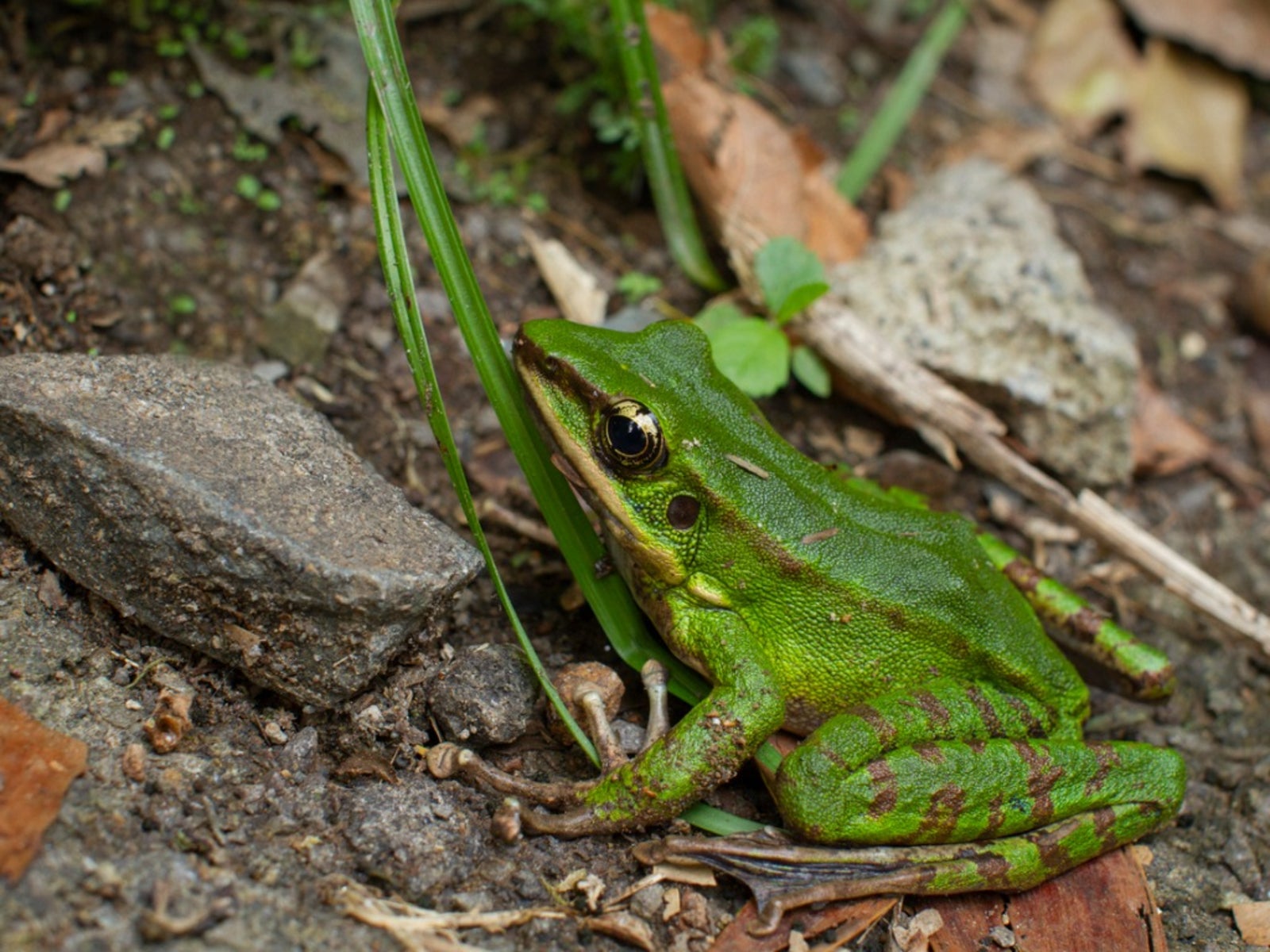Frog Friendly Gardens: Tips For Attracting Frogs To The Garden


Attracting frogs to the garden is a worthy goal that benefits both you and the frogs. The frogs benefit by having a habitat created just for them, and you'll enjoy watching the frogs and listening to their songs. Frogs are great insect killers, too. Let's learn more about how to invite frogs to gardens.
A Responsible Frog Pond in the Garden
It is illegal to release non-native frogs in many areas, and there is good reason for this. Non-native species can take over an area, killing and crowding out native species. In some cases, releasing non-natives leads to disappointment because they may not survive in your area. Just as it is illegal to release frogs from another area into your garden, it is also illegal to remove frogs from national parks and protected areas. In most cases, you'll be able to attract plenty of garden frogs by creating frog-friendly gardens, so you won't need to import frogs from other locations. Frog-friendly gardens often include a small pond. Frogs need lots of moisture in their environment and a small frog garden pond also provides them with a place to lay eggs for the next generation. Tadpoles (baby frogs) are interesting to watch as they gradually evolve from a creature that looks like a fish into a frog. Garden ponds make ideal homes for tadpoles. They will need shade to keep the water from getting too hot, plants for cover, and algae for food. Frogs prefer still water, so you won't need pumps, aeration, waterfalls, or fountains.
How to Invite Frogs to Gardens
Frogs are secretive animals that like to hide in cool, sheltered places. A frog shelter need not be fancy. As with toad houses, a flowerpot turned on its side and partially buried in the soil makes a fine frog shelter. Place it under the cover of shrubs or other plants to provide even more protection. Frogs are sensitive to chemicals in their environment. Avoid using chemicals such as insecticides, chemical fertilizers, and herbicides when you want to invite frogs into your garden. Use integrated pest management (IPM) to control insects, and fertilize the garden with compost or other natural sources of nutrients. Keep children and pets away from the part of the garden set aside for frogs. Dogs and cats prey upon frogs and create a hostile environment for them. Small children may be tempted to capture the frogs. Frogs breathe and absorb moisture through their skin, so it is important not to touch them. Attracting frogs to the garden is a great way to enjoy these interesting little creatures in a natural environment.
Sign up for the Gardening Know How newsletter today and receive a free copy of our e-book "How to Grow Delicious Tomatoes".

Jackie Carroll has written over 500 articles for Gardening Know How on a wide range of topics.